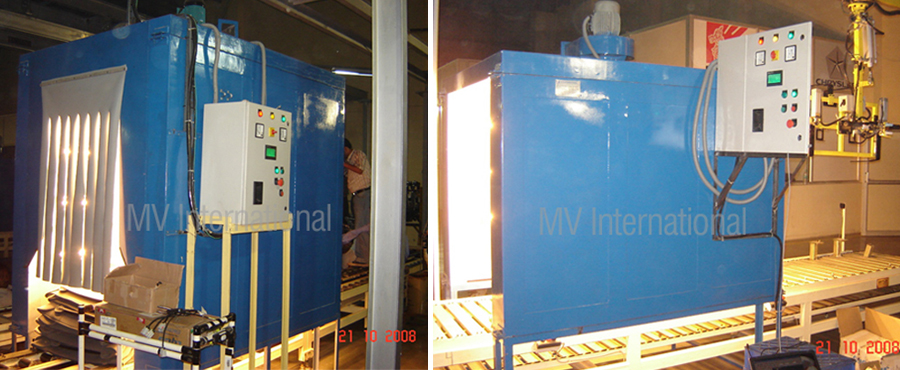How an Infrared Oven Helps in Saving Energy
Ovens that support infrared technology combine optimal reflection and convection for radiation. Most oven manufacturers make use of the nano reflectors that are composed of quartz glass materials. Both the reflow process and the tempering glass help in saving energy.
How does an infrared oven work?
Depending on your process and product specification, you may adjust the size of the Infrared Oven. It enables you to avail an energy-efficient heating process due to the numerical simulation taking place while it gets designed. While the oven only takes about ten minutes to attain a temperature of 300oC, it even takes up to ten minutes to cool down. While operating continuously at a holding temperature of 300oC, you will experience great energy efficiency requiring just about 3-30 KW of holding power.
The product that you keep inside the oven may get rapid changes regardless of whether you conduct continuous or batch operation. There are a few common advantages of using the oven like that of ensuring high purity for products of sensitive nature. For most quick processes, it yields substantial thermal shock resistance. Besides ensuring high mechanical stability, the Infrared Oven Manufacturer even needs to ensure flexible dimensions and best optical properties.





